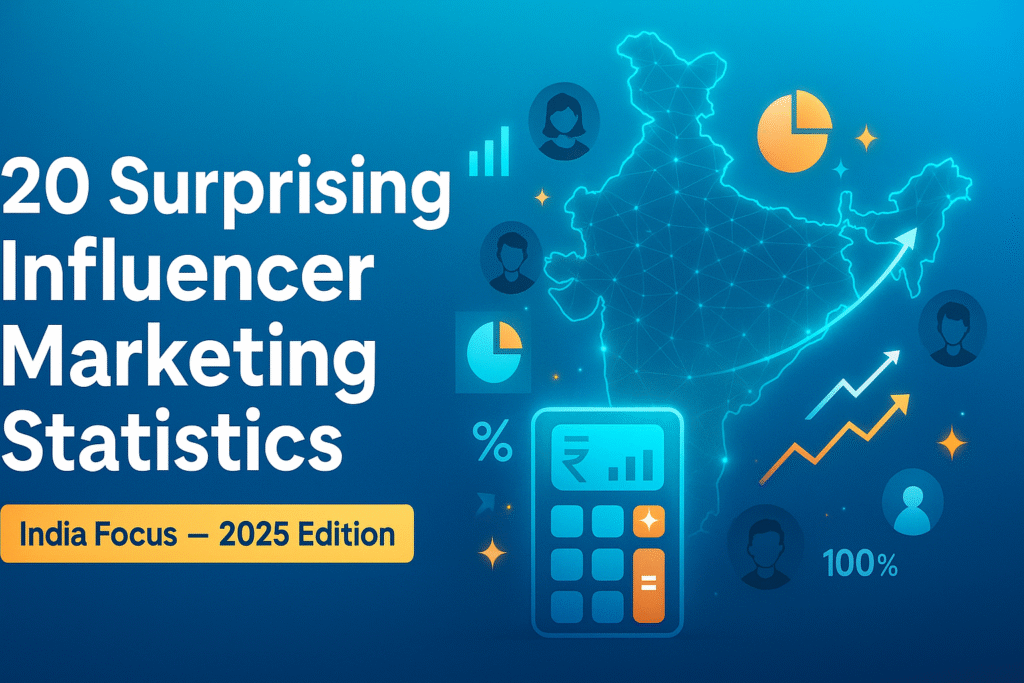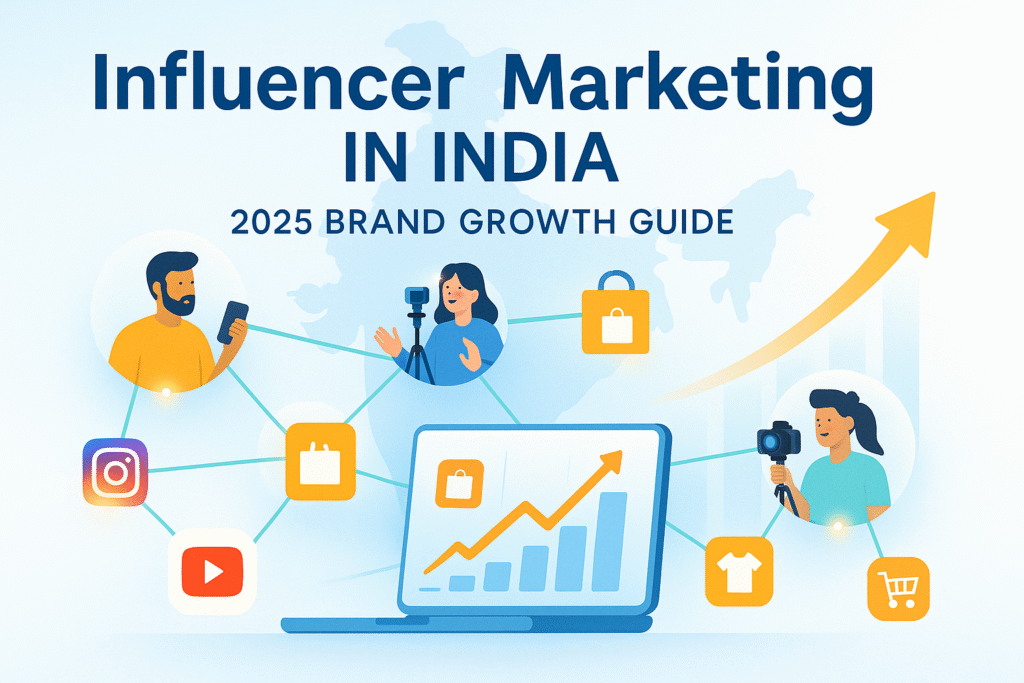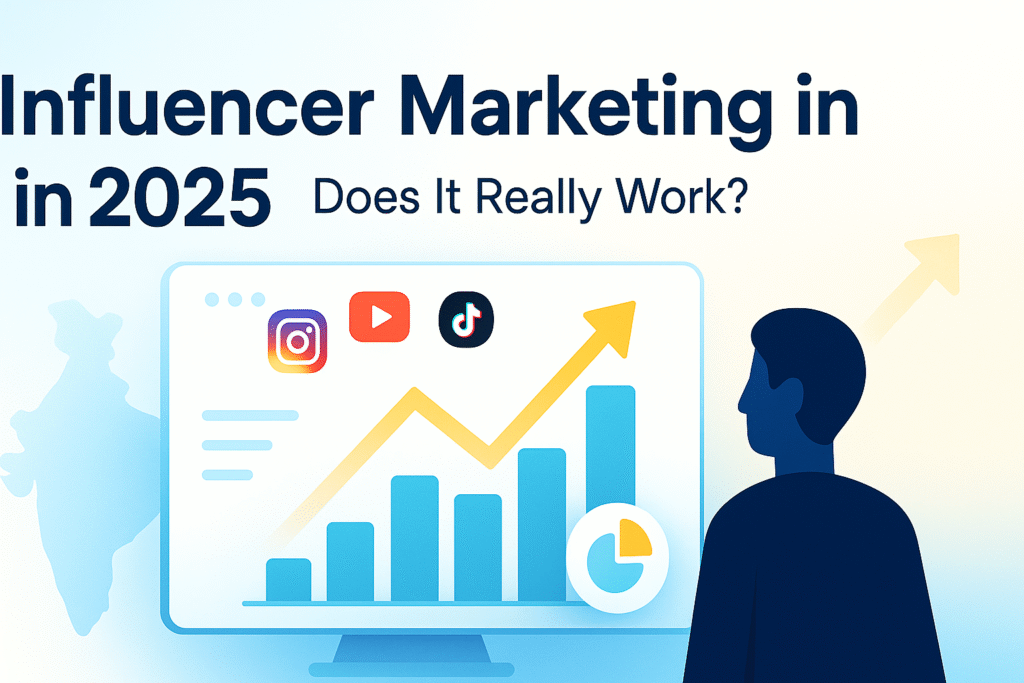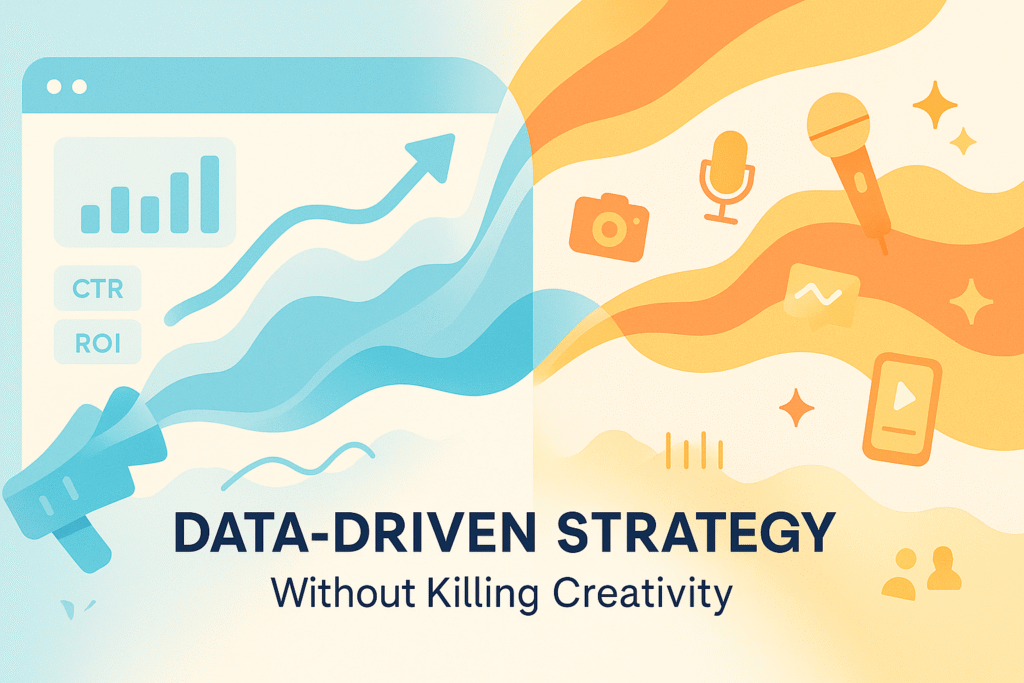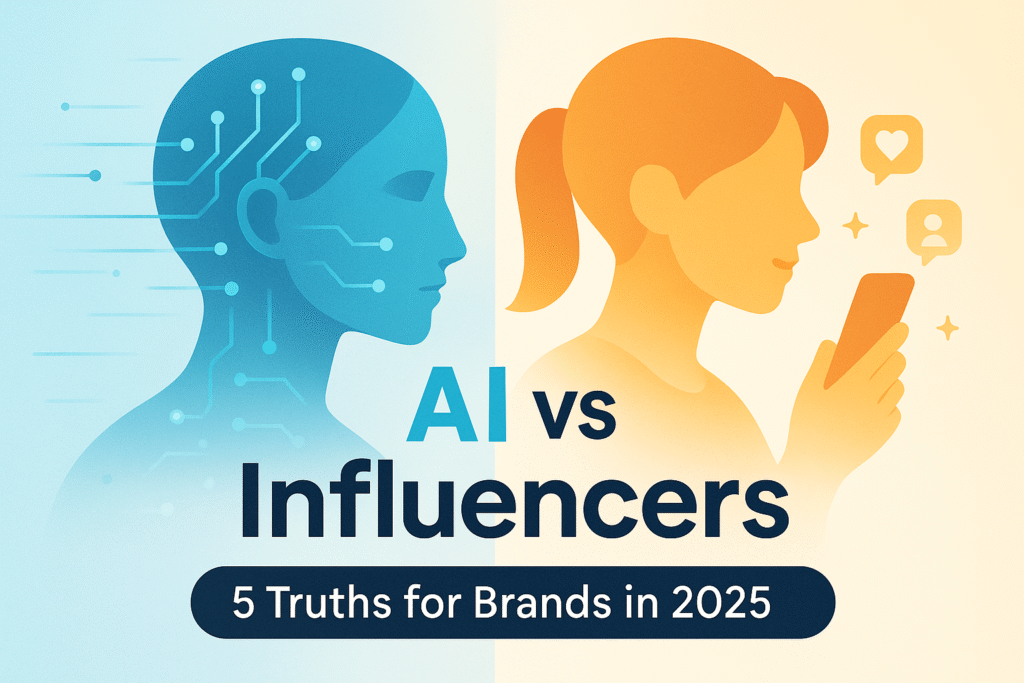Get Started with Mintlink Today!
Automate your “link please” comments and start earning today. Download the free Mintlink app!
Table of Contents
The evolution of influencer marketing has been rapid. A decade ago, it was an extension of traditional celebrity endorsements—big brands paying famous personalities. These partnerships offered visibility but often lacked relatability. Today, that model is changing.
As social media flourished, the power of influence shifted. Everyday individuals built communities, earning trust through shared passions and authenticity. This evolution of influencer marketing from “reach” to “relatability” has paved the way for micro and nano influencers, who often have deeper engagement and loyalty from their audiences.
The Evolution of Influencer Marketing: A Timeline
1. Celebrity Era
Influencer marketing’s earliest stage was dominated by celebrities. Big-budget digital campaigns mirrored the glitz of television and print advertising, high on glamour but low on relatability. The strategy was simple: use star power for maximum reach. While it worked for brand awareness, it rarely built meaningful engagement or trust.
2. Emergence of Social Media Creators
The rise of Instagram, YouTube, and Snapchat changed the landscape. This marked the beginning of the creator economy, where individuals could build influence through passion, consistency, and authenticity. Consumers started to favor creators who felt real, not scripted. This era shifted the focus from celebrities to relatable personalities who built communities around shared interests.
3. Age of Authenticity
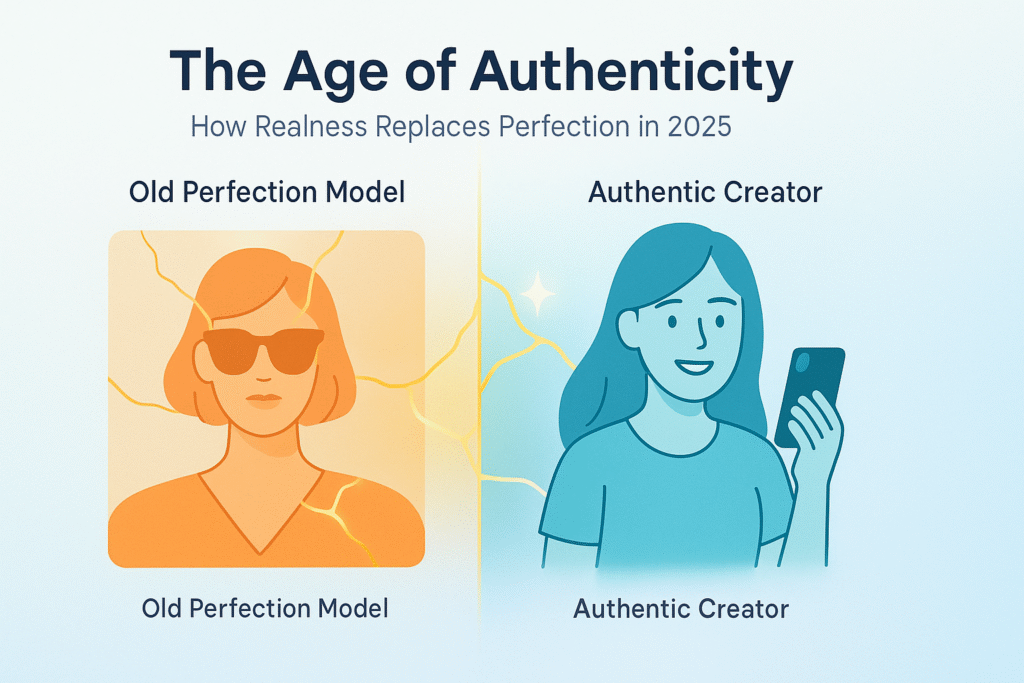
As influencer marketing matured, audiences became more selective. Overly polished or insincere content quickly lost credibility. Authenticity and transparency became the new standards of trust. Brands that allowed creators to share genuine experiences, even imperfect ones, found their messages resonating more deeply.
4. Data-Driven Era
Today, influencer marketing has entered an age of precision. Artificial intelligence, analytics, and performance tracking tools enable brands to measure real impact, from engagement quality to conversions and ROI. Decisions are now based on data, not just intuition.
The Final Stage: The Mintlink Era (From Data to Dollars)
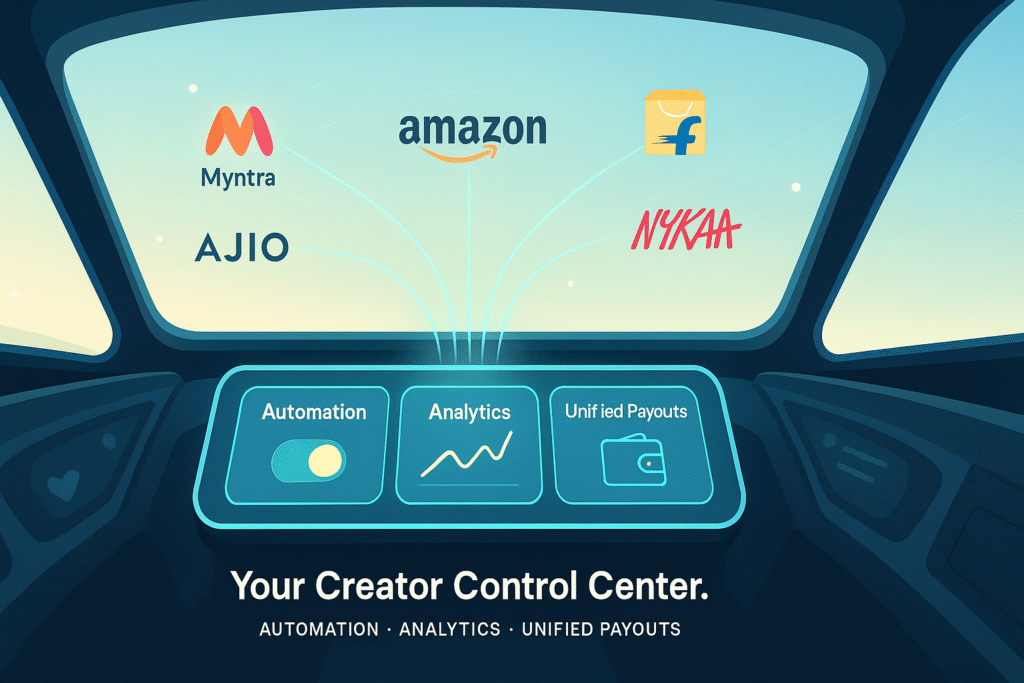
The “Data-Driven Era” is evolving. It’s not just about having data (like likes and reach); it’s about what you do with it. This is where platforms like Mintlink represent the final stage of the evolution: turning performance data into predictable revenue.
Mintlink is a “creator-first” platform that provides the engine for this new era. It gives creators the tools to:
- Automate Monetization: It’s the only platform that offers free Instagram Comment Automation. This is the “how” – it connects a fan’s interest (“link please”) to a product link instantly via DM.
- Aggregate Programs: Instead of joining 10 different programs, creators join Mintlink once and get access to 250+ top Indian brands (Myntra, Ajio, Flipkart, etc.).
- Measure What Matters: Mintlink provides a single, clean dashboard to track what actually makes money—clicks, conversions, and commissions.
This is the true “data-driven era”: where creators are empowered with tools that handle the data for them, so they can focus on authenticity and community.
Trends Shaping Influencer Marketing in 2025
1. Genuineness and Openness Lead the Way
Customers are able to recognize a forced endorsement right away. They anticipate openness, inventiveness, and honesty. Partnerships that feel organic and unplanned are the most successful.
- Promoting storytelling: Unscripted praise is less powerful than real experiences, both positive and negative.
- Making disclosure a top priority: Honest, transparent communication maintains brand compliance and increases credibility.
2. Micro and Nano Influencers Outperform Celebrities
Success in 2025 will depend more on the caliber of engagement than the quantity of followers. Micro (10K–100K) and nano (<10) influencers contribute specialized knowledge, increased credibility, and improved return on investment.
- Increased engagement: More meaningful interactions occur between smaller audiences
- Accurate targeting: More pertinent exposure is guaranteed by niche communities.
- Cost-effectiveness: Several smaller partnerships frequently perform better than a single celebrity post.
3. The process of diversification Beyond YouTube and Instagram
In 2025, brands are broadening their horizons, even though these platforms continue to have an impact.
- Short-form content is still dominated by TikTok.
- For B2B influence, LinkedIn and X (Twitter) are becoming indispensable.
- Discord and Twitch draw fervent communities centered on technology, innovation, and gaming.
- Decentralized platforms powered by blockchain are emerging as new spaces for transparent influencer-brand collaborations.
4. Campaigns Driven by Data Produce Measurable Outcomes
Brands can now measure conversions, identify genuine engagement from bots, and even forecast campaign results with the aid of AI-powered analytics. These resources allow marketers to:
- Find real influencers who have devoted, engaged followings.
- Keep tabs on sign-ups and sales, not just likes.
- Before starting a campaign, estimate the return on investment.
- This is the core of the evolution of influencer marketing: moving from “reach” to “results.”
5. Regulation and Compliance Are Non-Negotiable
As the industry grows, so do its responsibilities. Stricter disclosure and transparency regulations are being enforced by governments and advertising authorities. Brands need to make sure that:
- Paid collaborations are properly identified with the hashtags #sponsored and #ad.
- Influencers abide by industry-specific rules, particularly in the fields of finance, health, and beauty.
- Brand relationships and affiliate earnings are freely shared.
Transparency strengthens consumer trust in addition to avoiding legal problems.
Measuring Success in 2025 (Beyond Vanity Metrics)
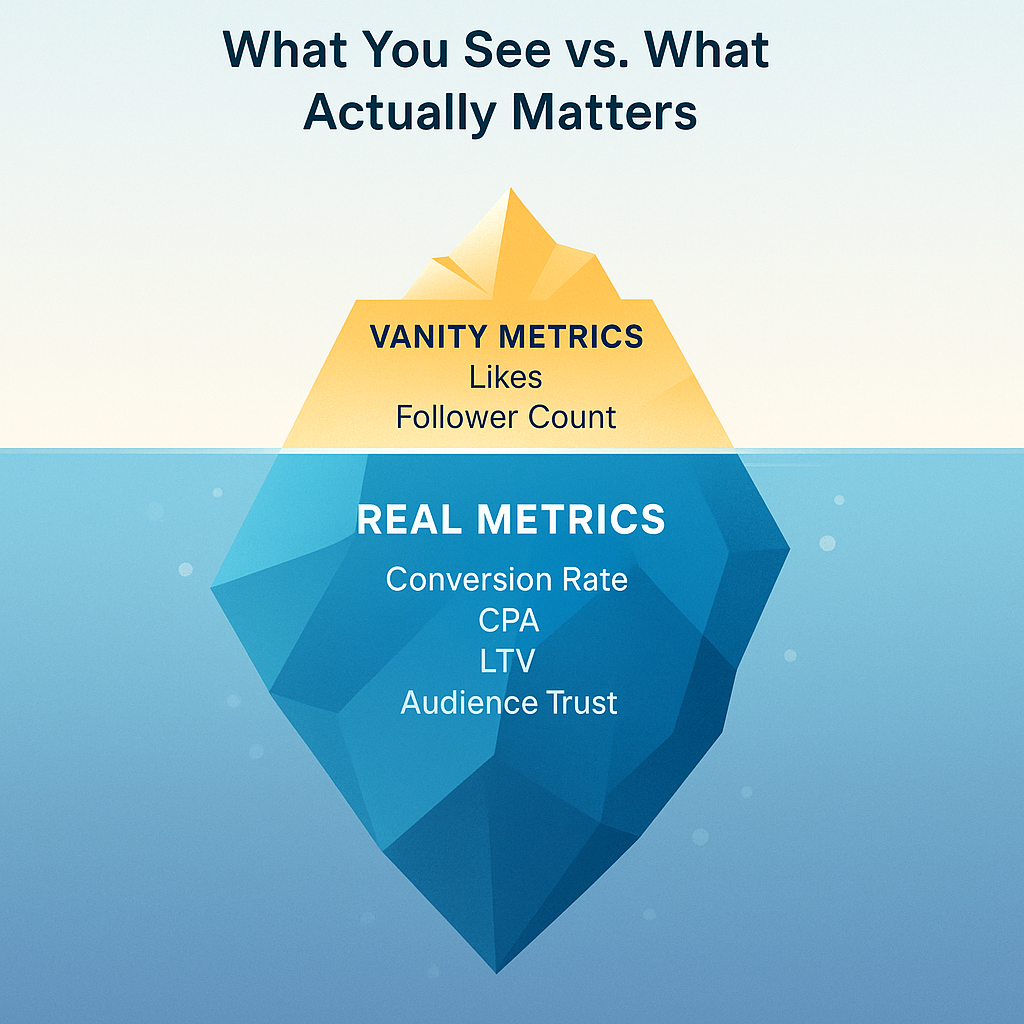
Influencer marketing success is now defined by more than vanity metrics. Key indicators include:
- Engagement Rate: Real interactions (comments, shares, saves) over follower count.
- Conversion Rate: How effectively content drives action (clicks, sign-ups, sales).
- Brand Awareness: Measured through mentions, branded searches, and sentiment.
- Cost per Acquisition (CPA): How efficiently campaigns convert.
- Customer Lifetime Value (LTV): Whether influencer-driven buyers become repeat customers.
These metrics give brands a holistic picture of campaign performance — beyond surface-level popularity.
Challenges and How to Overcome Them
1. Oversaturation of Sponsored Content
Consumers are experiencing “ad fatigue.” The solution: focus on storytelling, creativity, and authentic voices instead of repetitive sales pitches.
2. Fake Followers and Engagement
Some influencers inflate their metrics with bots. Brands can counter this by using AI-driven fraud detection tools (like HypeAuditor) and working with verified agencies.
3. Constant Platform Changes
Algorithm updates can limit reach overnight. Diversifying across platforms and building owned communities (like newsletters or brand clubs) ensures stability.
Frequently Asked Questions (FAQs)
Q1: What is the biggest trend in the evolution of influencer marketing? A: The biggest trend is the shift from “reach” (celebrity endorsements) to “authenticity” and “performance” (micro-influencers). Brands are no longer paying for just followers; they are paying for measurable results, which is why data-driven platforms like Mintlink are becoming essential.
Q2: How has influencer marketing evolved in India? A: It has evolved from simple celebrity shout-outs to a sophisticated, data-driven strategy. The rise of a massive creator economy, combined with a mobile-first audience, means brands now partner with niche, regional-language creators to build trust and drive real sales.
Q3: Is influencer marketing still effective in 2025? A: Yes, it’s more effective than ever, if done correctly. The “Age of Authenticity” and “Data-Driven Era” mean that campaigns must be genuine and measurable. Using performance-based models (like affiliate marketing) with automation tools is now the most effective strategy.
Conclusion
Influencer marketing in 2025 is both an art and a science — guided by creativity, driven by data, and rooted in authenticity. The brands that win are those that listen, adapt, and collaborate meaningfully.
As influence becomes more human and measurable than ever, success lies in one simple truth: people trust people — and that trust, when nurtured with integrity and innovation (and amplified by smart tools like Mintlink), is the most powerful marketing tool of all.

